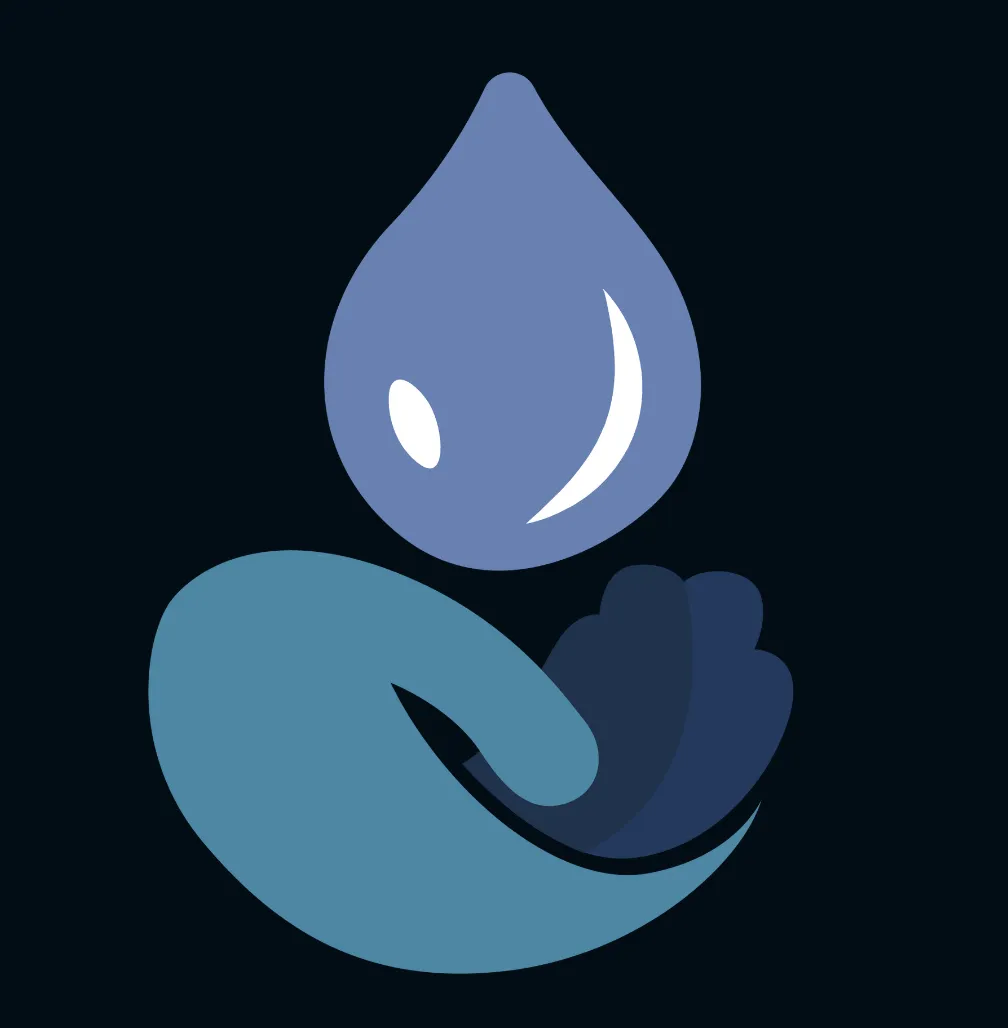Design Your Digital
Success
Crafted Websites and Graphics that Leave a Lasting Impression

The Causes – Drought and Climate Change
Why Is Uruguay Getting Drier?Uruguay is going through one of the worst water shortages in its history. But this isn’t just due to bad weather — it’s part of a bigger problem caused by climate change. As global temperatures rise, the amount of rainfall in our region has been decreasing. This means less water is flowing into our rivers, lakes, and reservoirs.
At the same time, the land is drying out faster than ever. With hotter temperatures, more water evaporates from the soil, lakes, and even from the plants we grow. Rain patterns are also changing. Instead of steady rainfall throughout the year, we’re seeing longer dry periods followed by sudden, intense storms that often cause flooding — but don’t help refill water sources.
Another reason for this crisis is deforestation. Forests help regulate the water cycle by absorbing rainfall and releasing moisture back into the air. But when trees are cut down to make room for cattle or crops, the land loses this natural ability to hold and filter water. As a result, more water runs off the surface and is lost, rather than soaking into the ground and replenishing underground reserves.
And it’s not just nature that’s struggling. People are also overusing water — especially in farming, industry, and even in our own homes. All of this makes it harder for natural water sources to recover, especially during long droughts.
📊 Did You Know?
In 2023, Uruguay had its driest year on record, with some reservoirs dropping to less than 1% capacity.Deforestation for cattle ranching increases the risk of drought by disrupting natural water cycles.
🔎 Take Action: Conserve Water Daily
Even small actions can make a big difference:
Take shorter showers.Turn off the tap while brushing your teeth.Collect rainwater to water your garden or clean.
You can also start conversations with your family or school about how to prepare for dry seasons. The more we talk about the problem, the more ideas we’ll find to solve it.
📢 Next Week: “Montevideo’s 2023 Water Crisis”
Find out what happened when Uruguay’s capital city nearly ran out of clean water — and how it affected thousands of people.
